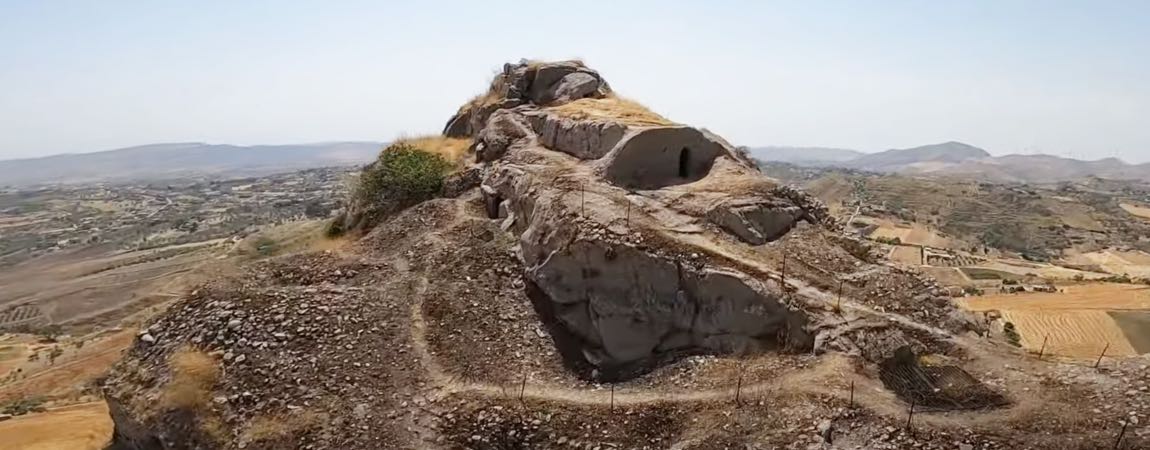
The municipality of Santa Elisabetta, in the Agrigento area, boasts a very rich history, dating back to the times of the ancient Romans, who inhabited this locality for a long time, making it one of their most important Sicilian strategic points of their time.
It is a municipality that was actually born in 1620 thanks to the work of Count of Raffadali, who undertook to populate this area by personally financing the construction of the buildings that housed the first inhabitants of the place, coming from the neighboring towns. Santa Elisabetta, however, already existed much earlier, with a very interesting past to be discovered.
We want to show you the story of Saint Elizabeth just to let you know the path that this municipality had to face to get to the present day, in which it perfectly shows all the fascinating signs of its past, a mixture of different cultures capable of giving life to timeless traditions.
The Origins of Saint Elizabeth
The territory of Santa Elisabetta is enriched by the presence of numerous Sicilian archaeological sites, which testify to an intense human activity already in antiquity. According to what has been reconstructed by historians, already between 200 AD and 300 AD the area was populated by the first Roman villages.
The Christian necropolis of the first faithful who lived in Santa Elisabetta, who have left us an important cultural treasure divided between arcosolium tombs e oven graves.
Saint Elizabeth between Arabs and Byzantines
Santa Elisabetta has also gone down in history for being a land of battle between Arabs and Byzantines. The place where this town stands, already in ancient times, was particularly coveted due to its strategic position, which made it the perfect place for the construction of an outpost.
The Byzantines were the first to take possession of it, but the arrival of the Arabs in Sicily it meant the beginning of continuous clashes between the two armies.
One of the reasons fights were frequent was due to the presence of the Fortress of Monte Guastanella, a hypogeum built on top of a mountain from which it was possible to monitor all the surrounding area. The Arabs managed to take possession of it for several centuries, until 1086, when it came under the control of the Count Ruggero.
The Folklore and Traditions of Saint Elizabeth
The populations that have passed through Santa Elisabetta have left indelible marks in this city, giving life to traditions that are still revived today not only in popular celebrations but also in normal everyday life.
Il Pastoral of Nardu is one of the most iconic examples, an event capable of showing the whole essence of the place, proposing ancient customs and traditions and personifying the very soul of the city in the symbolic figure of the nardu.









